New neuroscience research reveals why cinema advertising creates deeper, more lasting consumer connections than other platforms
In today’s fragmented media landscape, marketers constantly search for effective ways to build lasting brand memory. While metrics like clicks and conversions dominate industry conversations, groundbreaking neuroscience research from Publicis Groupe Denmark reveals a compelling truth: premium video advertising platforms such as cinema and connected TV create deeper, more enduring memory structures than other major advertising platforms.

The ultimate goal for any brand is to become the easiest choice for consumers at purchase moments. This happens when brands successfully navigate the “memory building process” – a journey from initial sensory input to long-term memory retrieval.
Not all advertising environments are equal when building crucial memory structures. Success depends on navigating four “memory filters” that determine whether your brand message sticks or fades:
Attention: Capturing and maintaining consumer focus
Attraction: Creating engagement through motivation
Emotion: Forging powerful memory connections
Cognitive Load: Ensuring optimal message processing
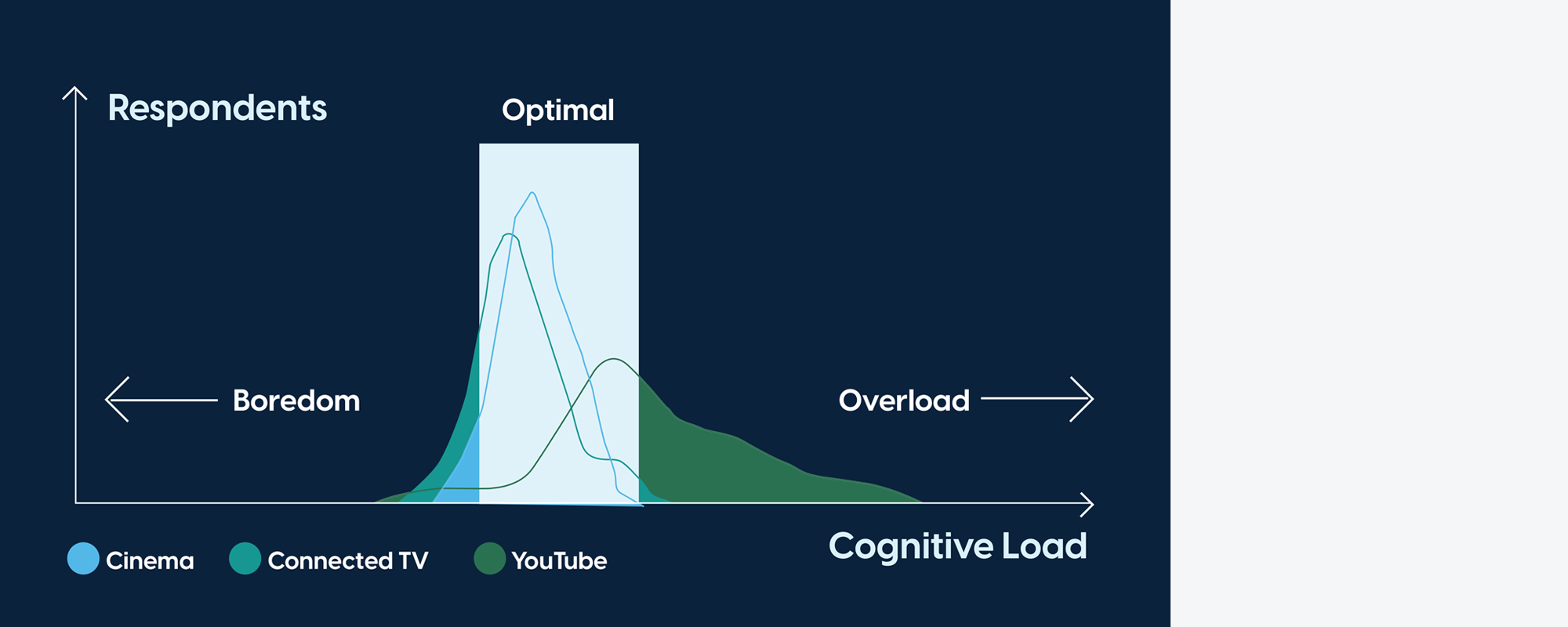
Using eye-tracking glasses, EEG measurement, and post-campaign surveys, researchers studied 107 participants across cinema, connected TV, and YouTube on mobile in naturalistic settings.
The results reveal cinema’s unique neurophysiological advantages across all four memory filters.
While YouTube on mobile experiences rapid attention decay (non-attention rates jumping from 2% to 48% during a single ad), cinema demonstrates remarkable resilience to attention decay, maintaining steady viewer engagement throughout ad durations.
Cinema’s captive environment creates “sustained attention architecture” – viewers remain engaged from start to finish. Unlike other platforms where you must front-load key messages, cinema allows for sophisticated narrative development and emotional building that creates deeper brand connections.
YouTube on mobile shows up to 15.7x higher attraction levels than other platforms, but this comes with “considerable variability” and often evokes strong negative reactions. Cinema shows strong attraction levels with complex messages, but crucially, without the negative reactions observed on YouTube.
Cinema provides a “stable environment for intricate storytelling,” allowing marketers to engage audiences deeply with sophisticated messages without risking viewer backlash. You can tell complex, nuanced brand stories without the high-risk volatility of digital platforms.
Among all platforms studied, cinema is the environment that best evokes positive emotions and shows the strongest connection with viewers. The research revealed that neutral emotional responses prove detrimental, with up to 75% of consumers struggling to recall the correct brand when ads evoke no significant emotion.
Cinema’s immersive environment – large screen, surround sound, and darkened theatre – creates optimal conditions for emotional engagement. Unlike connected TV and YouTube, where boredom threatens brand identification, cinema naturally elevates emotional response.
While connected TV struggles with overly simplistic ads and YouTube on mobile over-stimulates with complex messaging, cinema surprisingly allows consumers to process more information while also enabling less complex ads to captivate viewers to a higher extent.
Cinema offers maximum creative flexibility. Whether you need to communicate complex product benefits or deliver simple brand awareness messages, cinema’s unique cognitive environment optimises processing without overwhelming viewers.
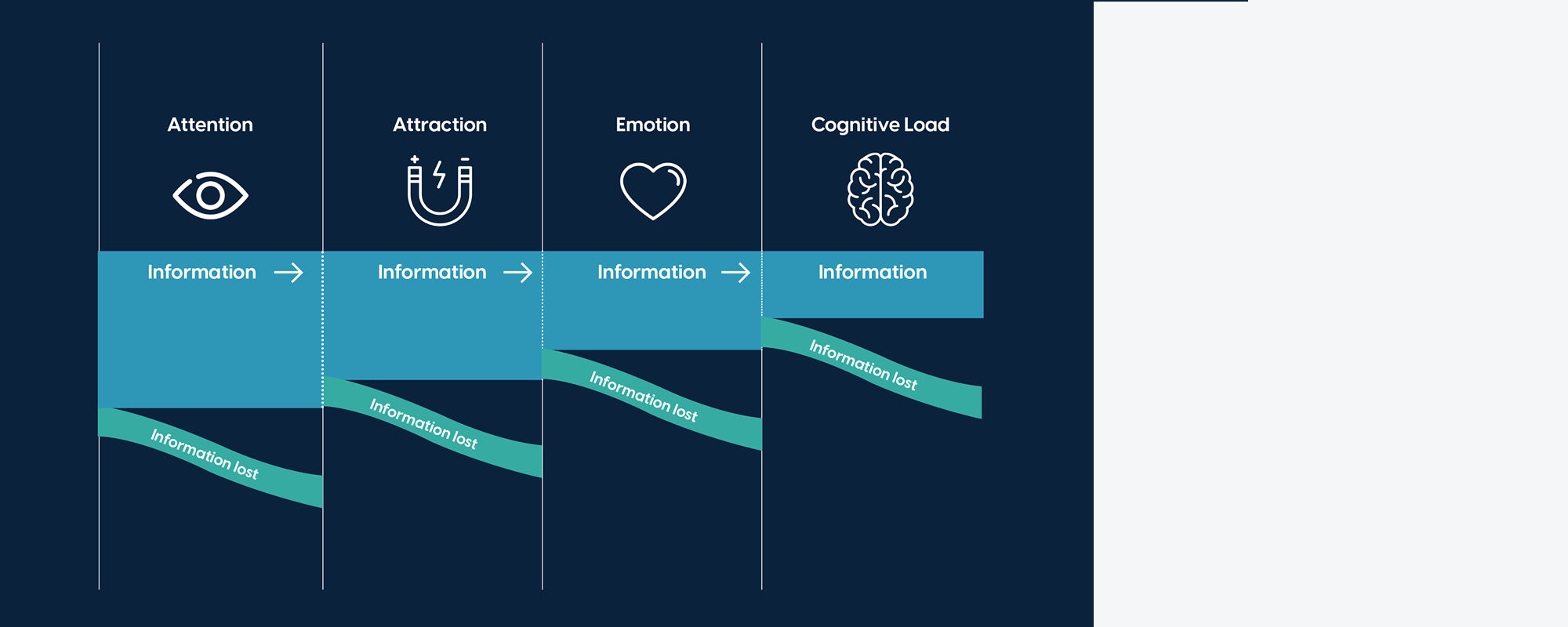
This pioneering neuroscience research provides compelling evidence for what cinema advertisers have long understood intuitively: the big-screen experience creates uniquely powerful brand memories.
The research defines successful advertising as achieving “Active Mental Relevance” – navigating all four memory filters effectively. Cinema is the only platform that excels across all four filters simultaneously: Sustained Attention, Stable Attraction, Positive Emotions, Optimal Cognitive Load.
In an era obsessed with short-term digital metrics, cinema advertising builds what matters most – lasting mental availability that makes your brand the easy choice when consumers are ready to buy.
Read the full version of the advertising neuroscience research article from Warc – subscription may be required.
Cinema advertising has long reigned as a powerful medium for enhancing key brand metrics, due to its ability to reach a deeply engaged audience in an immersive setting. A growing body of research consistently demonstrates its effectiveness in increasing ad awareness, boosting brand perception, and driving consumer action. Recently, two significant studies have reaffirmed the medium’s strength, highlighting its exceptional potential to elevate brand campaigns.
The first study, conducted by Differentology and featured in DCM UK’s Cinema 101, offers compelling evidence of cinema advertising’s impact. The research shows that brands advertised in cinema experienced substantial improvements in key metrics:
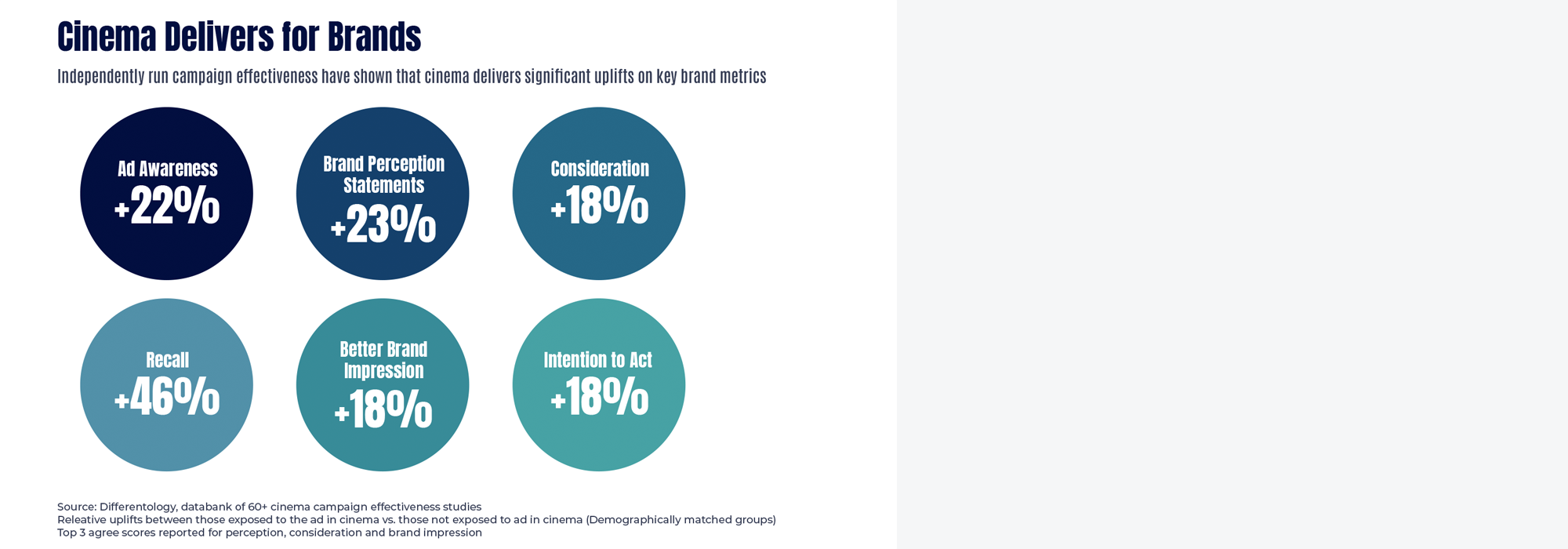
The second study, by DVJ Insights in collaboration with Jean Mineur Mediavision, a Dutch cinema advertising operator, shows why movie-goers perceive cinema ads positively. The study further breaks down key metrics addressed in the first study and proves that cinema ads are the best medium for impacting key brand metrics compared to TV, social media, and other mediums:
Brand Recall: Cinema ads foster enjoyment, distinctiveness, and positive associations, leading to superior brand recall.
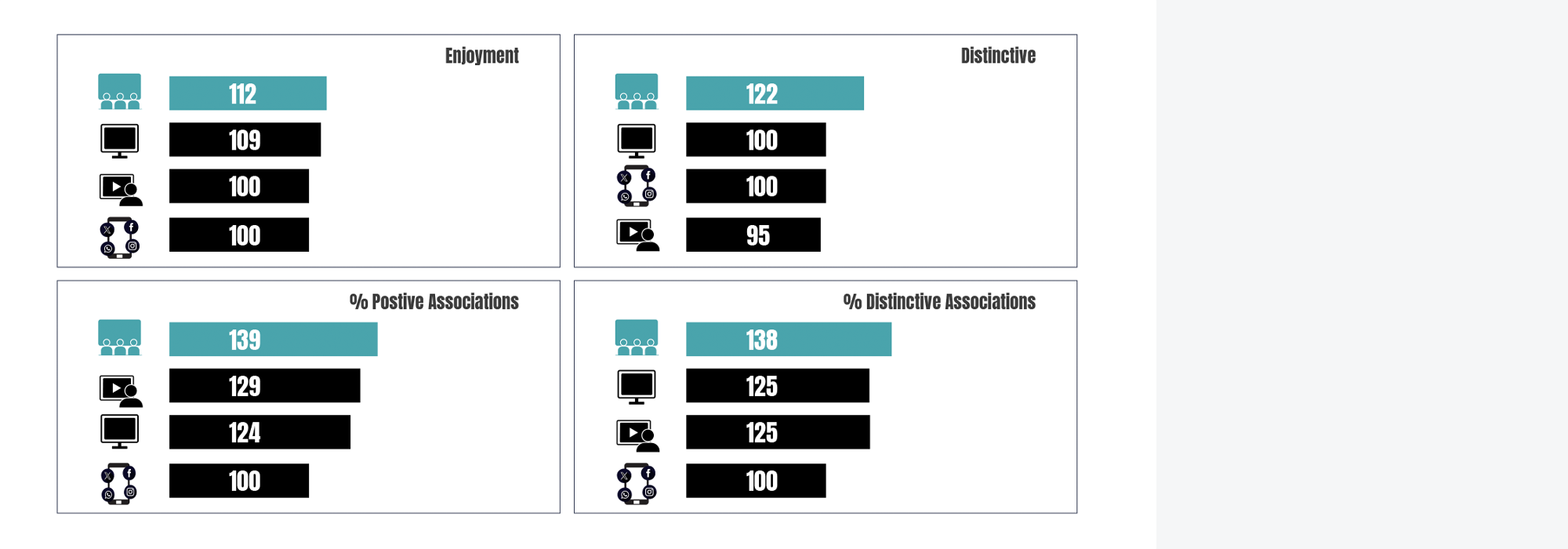
Brand Impact: Cinema ads achieve top-of-mind recall, driving both unaided and aided brand recall, and enhancing message retention.
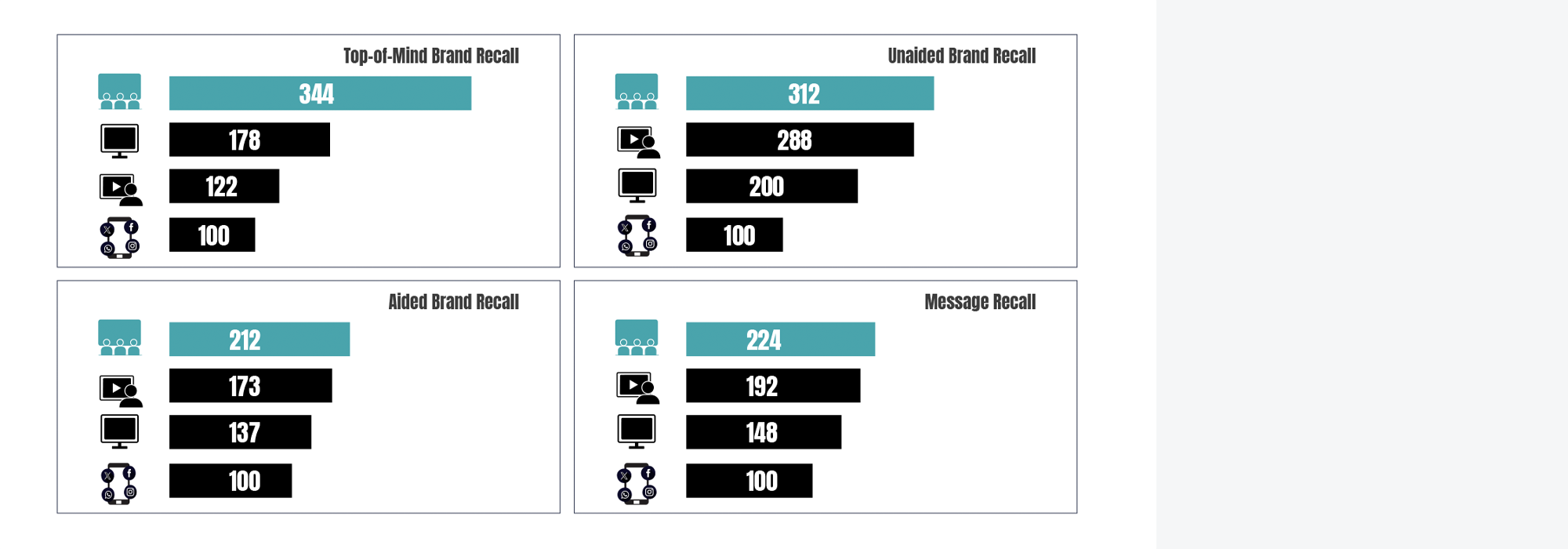
Effect on Action: Cinema ads significantly boost purchase intent and encourage consumers to share positive brand experiences.
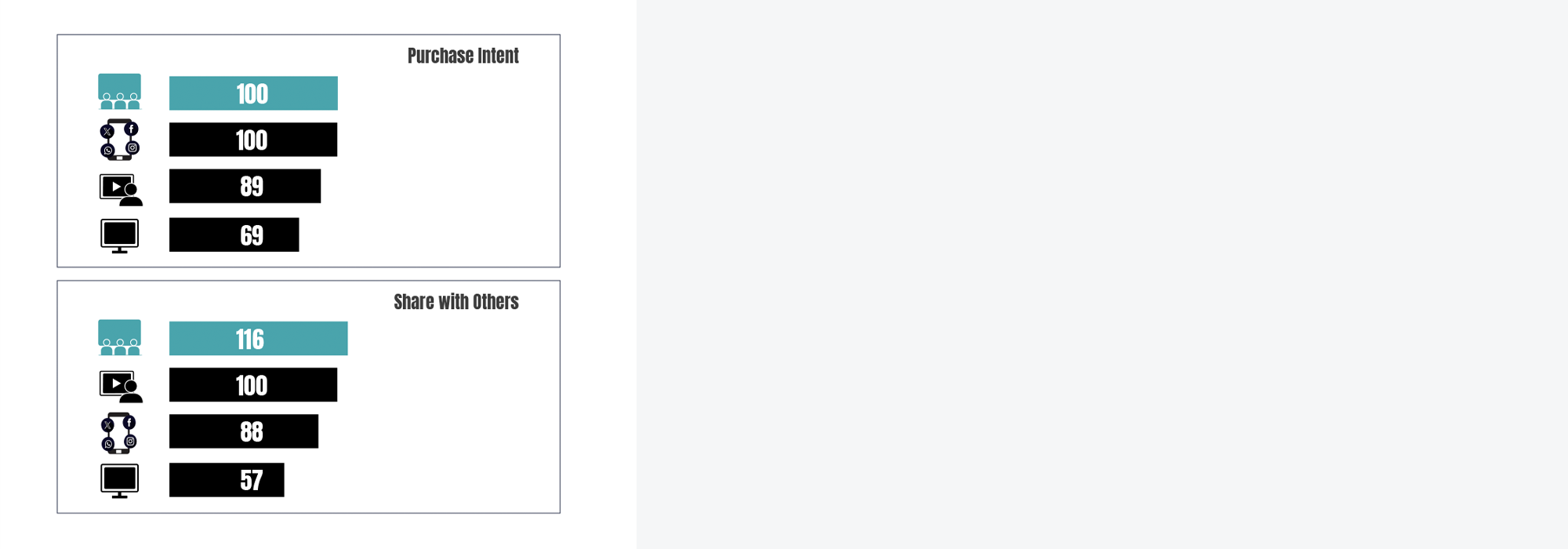
The combined insights from these studies unequivocally demonstrate that cinema creates a powerful platform for enhancing brand recall, fostering positive brand perception, and stimulating purchase intent.
To learn more about how cinema advertising can enhance key brand metrics and maximize ROI, please reach out to a member of our sales team.
Note: The findings discussed in this article are part of larger, more comprehensive studies conducted and published by the credited agencies. For the full analysis, target audiences, and results of these studies, please visit: Study one Study two
Source: DCM, DVJ insights
Ad fraud manifests in many different shapes and forms – from pixel stuffing and ad stacking to fake social media profiles and bots, among others.
Ad fraud is a topic that is less discussed, especially in this region. It is a major threat faced by the digital advertising landscape; we are talking about a multi-billion-dollar industry thriving on deceptive tactics that dupe marketers and agencies every year. According to Statista, ad fraud consumed more than US$80B in ad spend in 2022 and US$84B in 2023 – if the cost of global digital ad fraud were human, it would be the ninth richest person in the world.
So, what is ad fraud? Ad fraud refers to the intentional deception or manipulation of online advertising metrics, such as clicks, impressions, or conversions, to generate false revenue or traffic. Online scammers use various techniques to achieve this, including pixel stuffing (hiding pixels within ads invisible to viewers) and ad stacking (overlaying multiple ads, obscuring each other). Fake social media profiles and click-generating bots further muddy the waters, making it nearly impossible to distinguish genuine user engagement from a carefully constructed digital mirage.
Ad fraud is hard to detect because it may not have an immediate, obvious financial impact. You might think your ad campaign is successful and continue to spend more money on it. In reality, you’re getting fake leads and not reaching potential customers.
Studies suggest a substantial portion of ad spend goes directly into the pockets of fraudsters, leaving advertisers with little to show for their investment. Beyond the financial losses, ad fraud erodes consumer trust. Low-quality online placements inundated with intrusive, irrelevant video ads create rampant annoyance. This negatively impacts brand perception and drives consumers to adopt ad-blocking software, a significant roadblock for campaign reach.
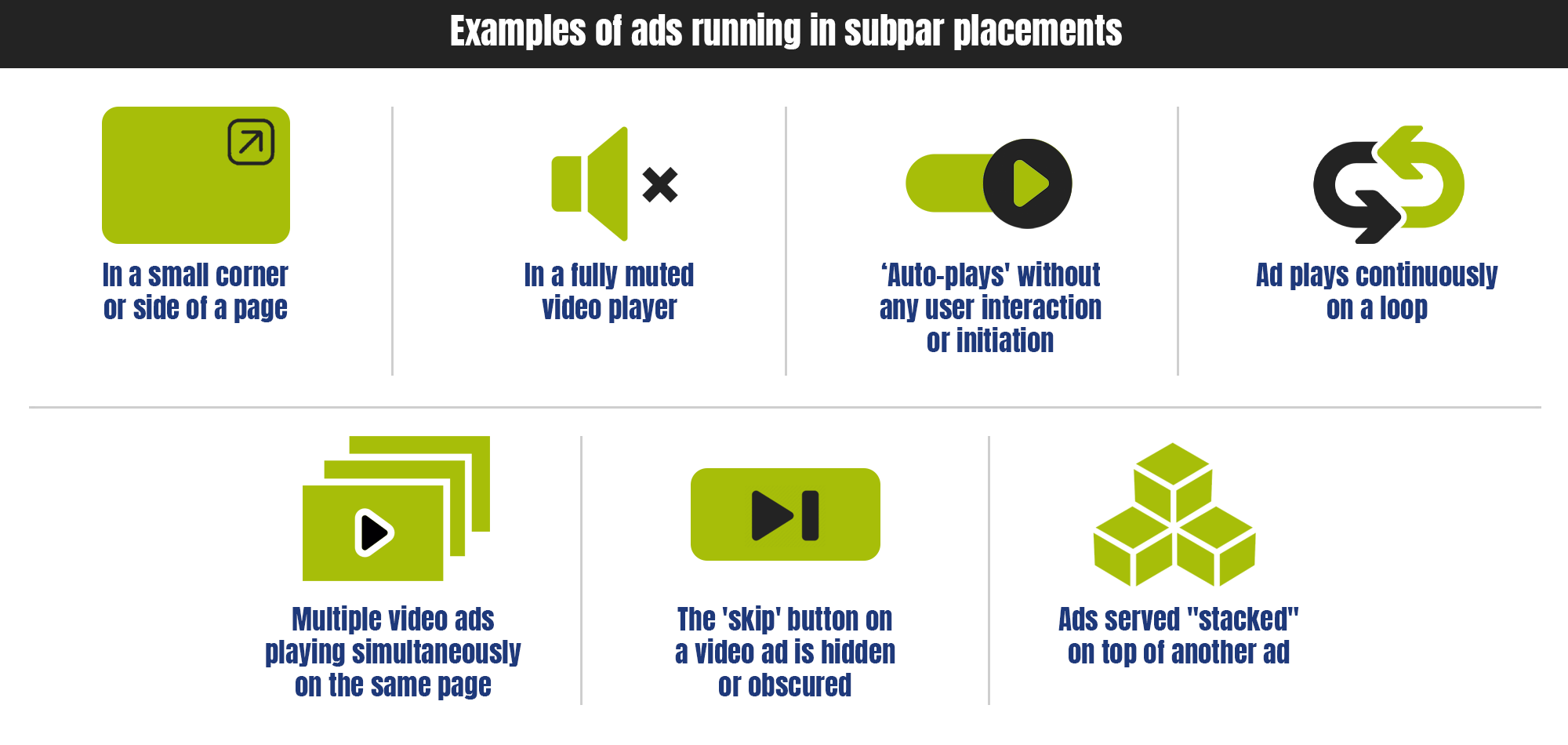
The outlook isn’t all doom and gloom, though. There are ways to protect your budget, starting with a medium that incorporates a one-to-many approach such as cinema advertising. Here is why:
When you book a cinema campaign at the Mall of the Emirates or The Dubai Mall, you know when and where it will appear and that you’ll have an audience – no ad blockers, fast-forwarding, bots, or fake clicks or traffic. You can either buy by screen, by admission, or choose a movie with which your campaign will be played. These options ultimately translate to more transparency, accountability, and verification while decreasing your risk of fraud.
If this isn’t enough, cinema advertising in the region now provides a transparent reporting system like Motivate Val Morgan’s CinePlan and CineMeasure, where advertisers can generate weekly reports to track admissions, demographics, and more.
Transparency issues and ad fraud with digital advertising often mean that video ads mostly appear in cluttered, low-quality digital environments. However, in cinema, your ad takes center stage on the Big Screen, delivering the brand’s message to a real and captive audience, eliminating the risk of fraudulent clicks or impressions.
According to a study by the Video Advertising Bureau (VAB), more than 75% of customers agree that low-quality advertising environments lead to high consumer annoyance. Many types of subpar video placements contribute to this, including ads that seemingly slow-down loading times and multiple video ads playing simultaneously on the same page. Meanwhile, another study by Nielsen shows that consumers consistently engage with high-quality, long-form content on premium video platforms. There is no better match for that than cinema!
According to the NCM & Lumen ‘Cinema in the Media Mix’ study from March 2023, ad engagement with high-quality premium video content generates longer ‘eyes on’ viewing times than other digital and social channels. This less disruptive ad experience enhances memorability, recall and drives purchase intent. Here again, Cinema ranks number one, with close to 80% proven active attention for a 15-second ad.
The latest research from Fiftyfive5, part of Accenture Song, reveals that a single cinema ad delivers the same brand fame as ten digital spots. Cinema isn’t just about delivering a message; it’s about forging lasting connections. The premium nature of the cinema experience elevates the perception of brands advertised. Being associated with high-quality, long-form content positions the advertiser as a premium entity, fostering trust and brand loyalty among viewers.
Cinema offers a unique opportunity to reach a broad range of demographics. With millions of films catering to diverse interests, advertisers can tailor their message to specific target audience demographic groups. This level of audience segmentation surpasses the limitations of online platforms, allowing for more targeted and effective advertising campaigns.
Cinema advertising isn’t confined to static images or intrusive banners. It’s about weaving a narrative within the film’s context. Brands don’t need to rush to include all of their messages in the first four or five seconds – with the logo. Cinema enables emotional storytelling, allowing brands to connect with viewers on a deeper level, leaving a lasting impression that transcends mere product awareness.
Unlike fleeting online interactions, cinema ads create a lasting impact. The large screen experience translates to a higher level of memorability. Combined with the audience’s high attention span, cinema advertising allows brands to build lasting brand awareness and loyalty.
In conclusion, there’s no denying that ad budgets are tight across the board for the foreseeable future, which means that making smart choices to maximize your spend value is more important than ever. With its brand-safe environment, captive audience, and ability to build lasting brand fame, cinema remains an indispensable component of a successful advertising strategy. While digital innovation continues to reshape the advertising landscape, cinema’s ability to connect with audiences on a deeper level ensures its continued relevance in the fight against ad fraud and the pursuit of brand success.
Sources: Statista, The Drum, Video Advertising Bureau (VAB), NCM & Lumen, Nielsen, Ad Week, Campaign Asia